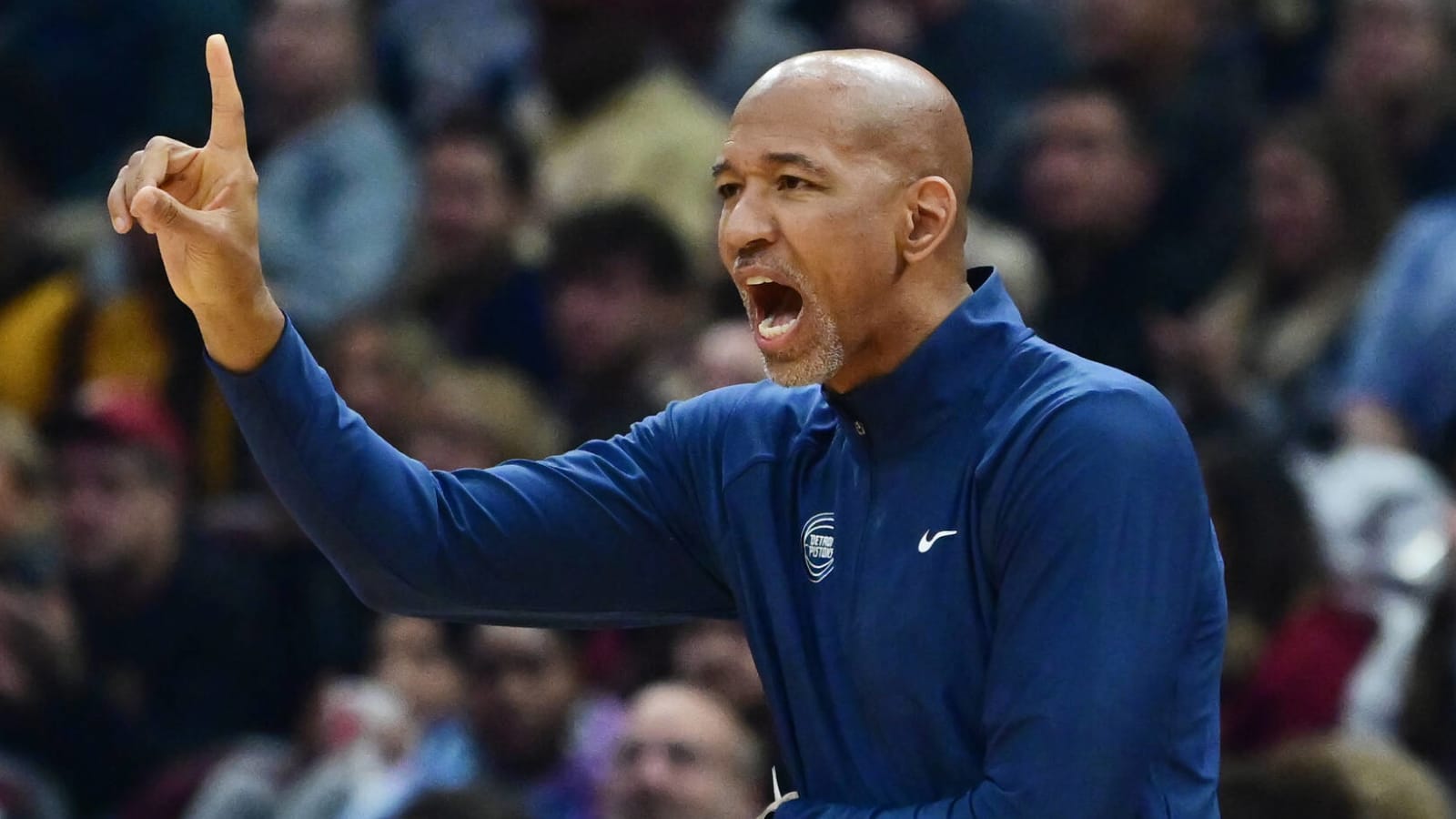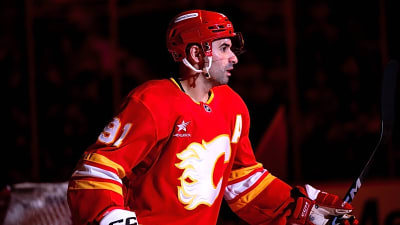
As of Dec. 1, the NBA’s waiver priority order is determined by teams’ current-year records, rather than the previous season’s results.
That means, starting Friday, the waiver order for this season is based on teams’ 2023-24 records, with the worst teams getting the highest priority. In other words, if two teams place a claim on the same player, the team lower in this season’s NBA standings will be awarded that player.
Up until Friday, the waiver claim order was based on which teams had the worst records in 2022-23.
Waiver claims are relatively rare in the NBA, but it’s still worth noting which teams will have the first crack at intriguing players who may be cut over the next few weeks or months.
Here’s what the teams at the top of the NBA’s waiver order look like as of today:
- Detroit Pistons (2-17)
- San Antonio Spurs (3-15) (tie)
Washington Wizards (3-15) (tie) - Memphis Grizzlies (4-13)
- Chicago Bulls (6-14)
- Utah Jazz (6-13)
- Portland Trail Blazers (6-12)
- Charlotte Hornets (6-11)
- Los Angeles Clippers (8-10)
- Golden State Warriors (9-10) (tie)
Toronto Raptors (9-10) (tie)
In instances where multiple teams have identical records, the head-to-head record for the current season is used to break ties — the team with the worst winning percentage in head-to-head games gets the higher priority.
If the tied teams have yet to face one another or if they’ve split their head-to-head matchups, a coin flip determines priority for those teams. That would be the case for both the Spurs and Wizards and Warriors and Raptors right now since those two pairs have yet to go up against each other this season.
If a waived player can’t be claimed using the minimum salary exception, a team must use a trade exception, a disabled player exception, or cap room to absorb his salary. So a club with a top priority won’t be in a position to nab just anyone who reaches waivers.
The Pistons, for example, have no cap space or exceptions available to place a waiver claim on any player earning more than the minimum, so despite their spot at the top of the waiver order, their ability to claim players is somewhat limited.
More must-reads:
- NBA roundup: Hawks' Trae Young puts up 45 vs. Spurs
- Which young NBA team is most likely to make a deep playoff run?
- The 'Longest tenured player on each NBA team entering the 2018-19 season' quiz
Breaking News
Trending News
Customize Your Newsletter
 +
+
Get the latest news and rumors, customized to your favorite sports and teams. Emailed daily. Always free!








